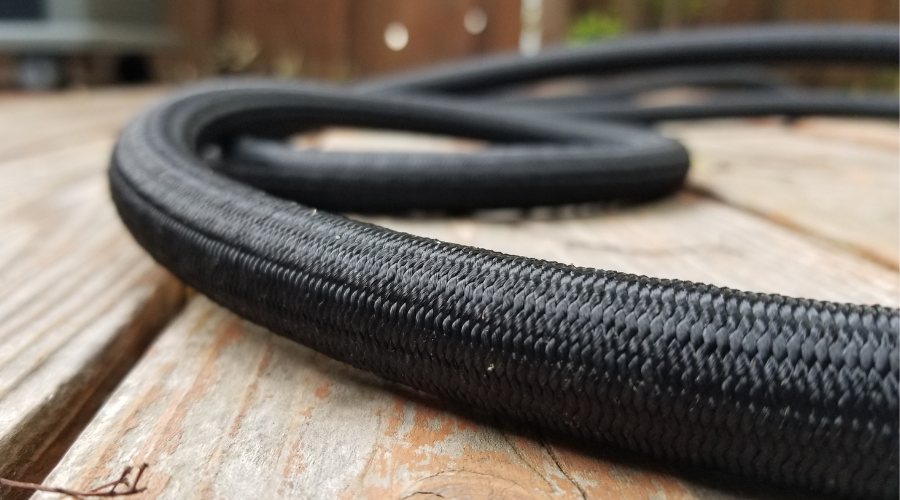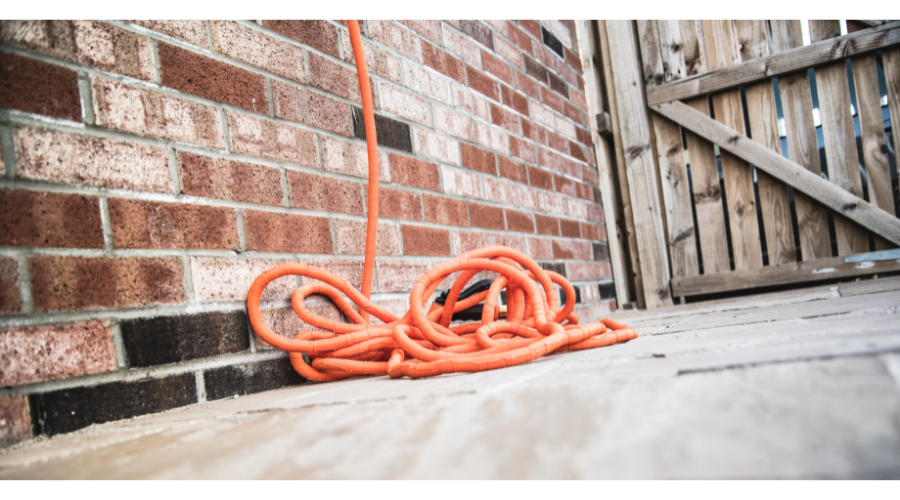Traditional hoses are bulky, and they can get heavy if you don’t drain all the water when you’re done. Dragging them around the yard is not exactly fun, and a kink in the water hose will bring everything to a stop.
Luckily, there’s a solution. An expandable garden hose is kink-free, it shrinks to a fraction of its size when it's not in use, and it's light enough to be a breeze to use around the garden. They even drain themselves when you turn the water off. The question is, do they actually work? Are all these claims true?
The post below explores everything to do with the expandable water hose and whether or not they work. Read on to find out how they compare to a conventional hose.
Expandable Hoses - What Are They, And Do They Really Work?
Image Credits: Phil Goodwin on Unsplash
As the name suggests, an expandable garden hose will expand when you turn the water on. The water pressure causes the hose to expand up to three times its length.
A 75-foot hose will shrink down to 25 feet when you turn off the water. The hose material contracts and pushes all the water out while doing so. It saves significant storage space and eliminates the need to drain and coil the hose when you don't use it.
The features outlined above may seem too good to be true. I’m here to tell you that expandable hoses do actually work as described.
What Are They Made From?
An expandable garden hose addresses all the downfalls of standard hoses and eliminates them from your life. By moving away from using rubber as the main material for the hose construction, expandable hoses can use elastic materials and return to their original form when they’re no longer under pressure.
One of the materials commonly used for expandable garden hose construction is latex, the same material used for balloons. It stretches out when it’s under pressure and returns to its original shape when the pressure is released. A garden hose with a latex core often has double or triple layers of latex for extra durability.
Another material used for these hoses is thermoplastic copolyester (TPC). This material is most often used for industrial tubing and is the more expensive option for expandable hoses.
Expandable hoses have two elements; the stretchy inner core and the protective outer layer. The stretchy cores are susceptible to abrasion and punctures if used by themselves. The outer layer is often made from nylon and is robust enough to protect the core from punctures and abrasions.
How To Care For Your Expandable Garden Hose
Image Credits: Canva
Before you buy the expandable garden hose, we need to address a few things. An expandable garden hose needs sufficient water pressure to work correctly. If you have poor water pressure, the garden hose won't expand correctly.
Because of the materials that hoses are made from, they may be susceptible to tears and punctures. They also shouldn't be used around sharp objects. With a bit of extra care, your expandable hose will last many years. Luckily, holes are repairable if you know how to repair an expandable hose.
First off, make sure you use brass fittings. Plastic fittings tend to deteriorate a lot quicker with constant screwing and unscrewing. Solid brass connectors are more robust and are likely to last a lot longer.
When you’re ready to use your hose, make sure the hose nozzle at the end of the hose is closed when you open the water valve. It will allow the hose to expand fully before the water starts to flow. It reduces wear and tear on the materials and prevents the hose from suddenly becoming pressurized.
If your hose is not in use, make sure to drain the water out of it. Don’t leave it connected to the hose fitting on your garden spigot and full of water. If the hose is constantly pressurized, the materials are likely to break down more quickly. Luckily, with expandable hoses, draining them is easy. Simply turn off the water supply, open the other end, and the hose will return to its compact state, squeezing the water out in the process.
Keep the hose out of direct sunlight and any harsh weather. Some sun exposure is ok and unavoidable while in use. However, don’t leave your hose lying out in the sun for long periods. Rather store your hose out of the sun, preferably inside.
If you're ready to take the plunge, read our article about the best expandable garden hoses.
Closing Thoughts
The short answer is yes. Expandable garden hoses do work. Due to the nature of the materials used to manufacture expandable hoses, they can expand up to three times their length when pressurized. When not in use, these hoses are super light and take up a fraction of the space of a regular garden hose. So storage is a breeze.
These hoses may be more susceptible to wear and tear and punctures, particularly with cheaper hoses. However, if you follow the precautions outlined above, your expandable hose should last for years to come. So, if you're looking for a lightweight hose that drains itself and won't kink, consider an expandable garden hose.
What do you think? Are you convinced that your standard hose woes are over? Comment below and let us know



